Evolving Perception Of Smartphone Design
The smartphone wasn’t always its stylish self that it is today. It has gone through a long phase of evolution through time.With the release of the two new suave devices yesterday – the Galaxy Note 5 and the Galaxy S6 Edge+, Samsung seems to have come a long way since the release of its first smartphone. So, let us take you through a short trip down memory lane, with Samsung’s smartphone design evolution.
Samsung released its first mobile phone in 1988 and called it, the SH-100. This came after the release of Nokia’s Mobira Cityman, however, the SH-100 did not have the most successful sale, with a report of only 1000 to 2000 units. Here is what it looked like:
Despite rough sales, Samsung released another mobile phone in 1993 called the SH-700, which was brought out to rectify and improve the quality and usability of its previous handset. It was termed as ‘ultra-light’ for its time and weighed only a 100 grams. This device can be called ahead of its time, as it beat a bunch of heavier and bigger handsets offered by Motorola and other rivals.
At this point, there appeared a new trend – the flip phone. The flip phone was stylish, small, compact and some of us still cannot get over what a major fashion statement it used to be, for both genders alike. So, in 2003 Samsung launched the SPH-A500.
Not so stylish? Well, in the same year Samsung announced its first 3G and Windows Mobile 2002 phone. This handset had an SD card expansion slot which also happened to be SDIO compatible. So, one could always put in a Wi-Fi card or camera on to the phone. This was clearly a very futuristic and savvy handset for its time, as it came along with Outlook which synced all your contacts, calender, appointments and emails to the phone.
This milestone didn’t seem enough for the Korean company, so it went ahead and launched its first CDMA and GSM compatible phone in the world, way back in 2004. This phone was named the A790 and even had a built in camera with a 2.35 inch display – quite stylish and modern right? However, the downside of this phone is that it didn’t come with a speakerphone, conference calling, or a native e-mail support feature.
What did Samsung do next? They got over the flip and moved on to the slide. It released a candy bar-shaped slider phone in 2005 called the MM-A800. It was the first 2MP camera in the United States, however the hardware wasn’t strong enough to work on this carrier and slowly faded away. But, the slide phone trend became so hip, that it continued to be used even on the latest 90s TV shows like Gossip Girl, up until the last few episodes.
In late 2007, Samsung launched the U600 to keep up with the fashionable and quickly growing tech population. This phone came with a sleek chassis and a thin form-factor, along with a Bluetooth support and a bigger 2.2 inch screen.
After this, Samsung released a somewhat controversial mobile phone called the Samsung BlackJack in 2006. This phone was accused of using the the word “black” in the name, resembling RIM’s Blackberry and capitalizing from it. All said and done, this phone came with 3G and push email features and seemed to be quite the ‘in thing’ then.
Then in 2008 came Samsung’s game changing all-touch mobile phones. The Behold, was one of the many that released this year and was a far cry from the first model of mobile phones that the company had been producing. It was light, stylish, had an all-touch interface and came with Samsung’s TouchWiz UI, which was a craze back then with “flash 3D effects,” gesture controls, and haptic feedback.
Samsung released its first Android phone named I7500 in 2009 featuring a 3.2-inch AMOLED touch screen, Wi-Fi connectivity, and a handful of Google Apps. It even had an integrated GPS and an expansion slot. Perhaps, this is not so much in comparison to the smartphones available today, but having a bunch of Apps on your phone in 2009 was considered pretty modern.
In 2010, arrived the Galaxy S with a 1GHz ARM “Hummingbird” processor, a 4-inch display, and a 5-megapixel rear-facing camera.
After this they had a series of Android powered smartphones such as the Nexus S that was a product of a collaboration between Google and Samsung. This came with a 512MB of RAM and an Exynos 3110 processor along with a 16GB of internal storage.
Next, came the new generation of Samsung’s smartphones – the ones that tried to beat Apple? Yes we all remember those. Apple had recently come out with its ultra successful iPhone that was stylish, compact, fast and most importantly, exclusive. Could Samsung ever beat that? It looked like it was trying to with it’s Galaxy S II. It did succeed in the third quarter sales but that success didn’t seem to last long.
In the fall of 2010 Samsung announced the Galaxy Note 4 at their IFA Berlin event. The Note 4 is a device that is part of Samsung’s Note series phablets – phone+tablets. It came with an aluminum exterior, optical image stabilization, higher resolution QHD display and high-end internals.
Last, but definitely not the least, the only phone that Samsung has released, which came close to its goal of designing devices to better the iPhone, is the S6 Edge. Released in April of 2015 this phone was definitely a stylish game changer with a larger display, better camera, sleeker looks, faster processor and a non-removable battery.
Whether its trying to be like Apple or not is debatable, but with the new range of devices that Samsung is producing – nobody is complaining, yet. However, it does seem to be doing a better job than before at creating stylish, fashionable, and even edgy devices. So let us wait and watch as Samsung and the other smartphone companies continue to innovate.

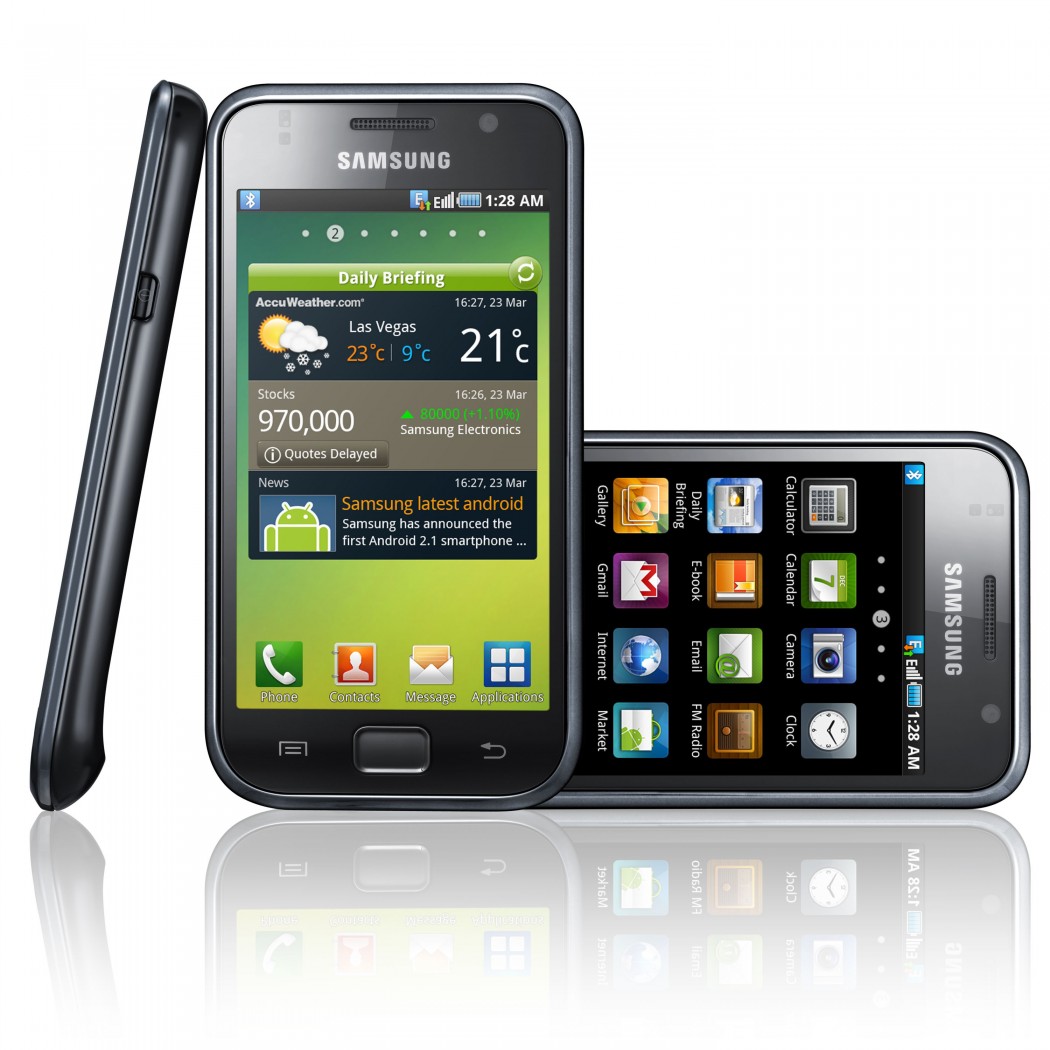
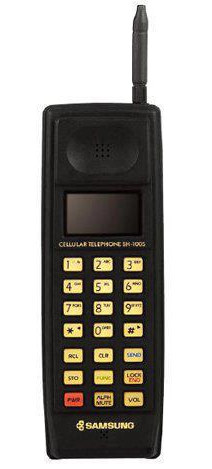
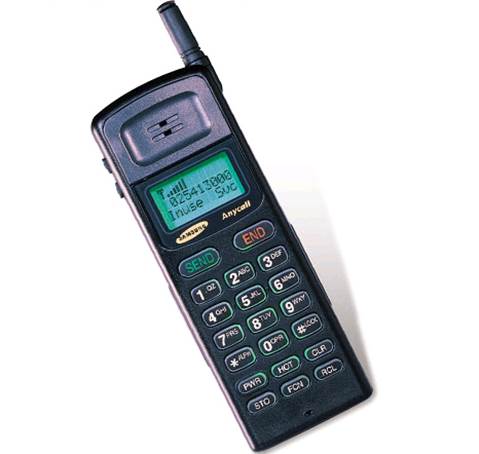
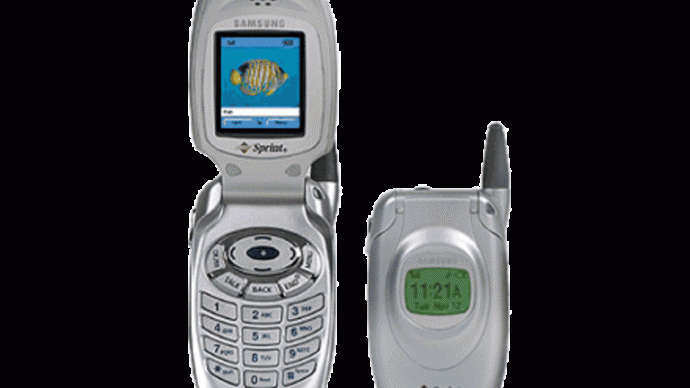
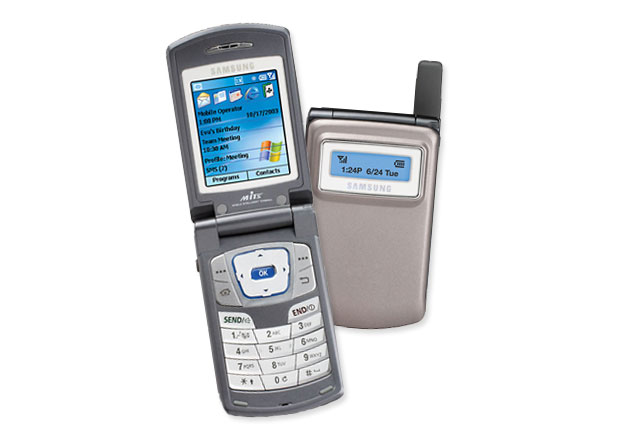
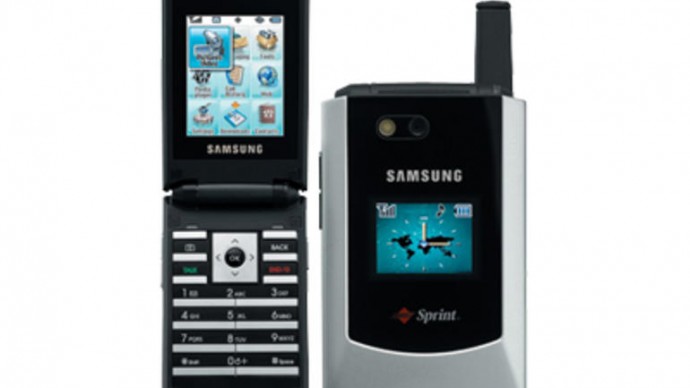
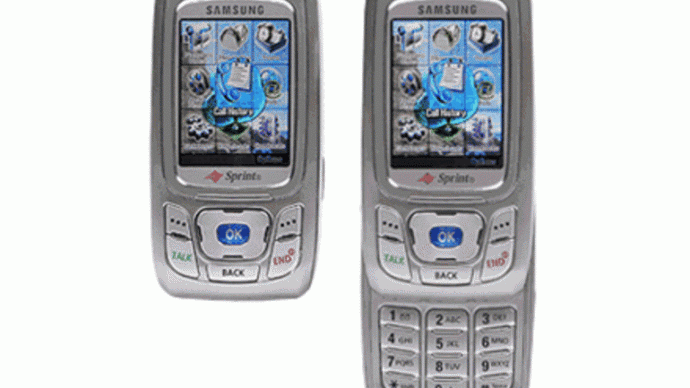
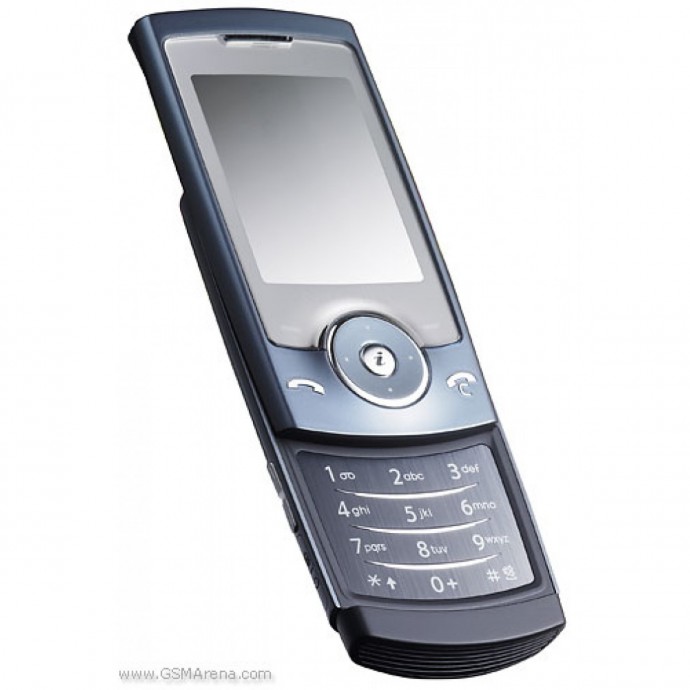
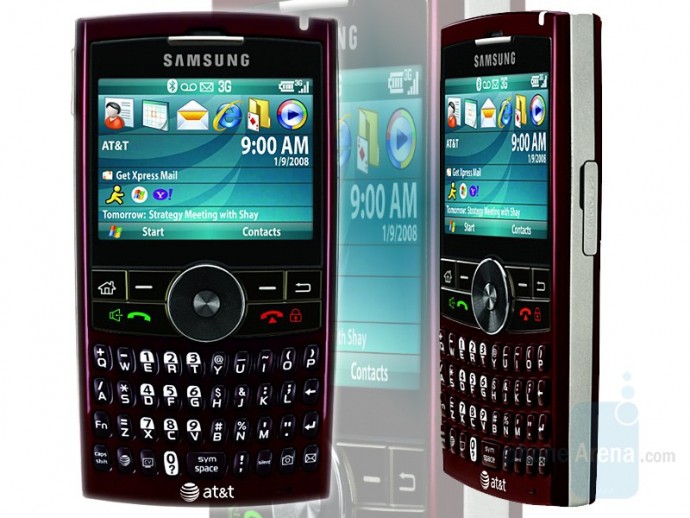
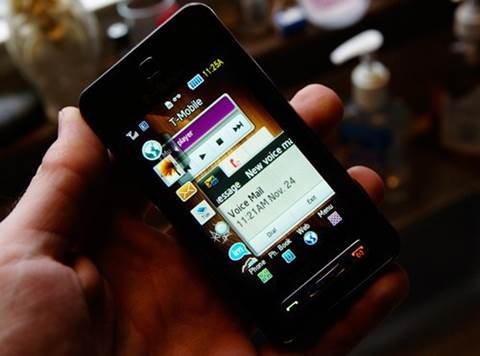
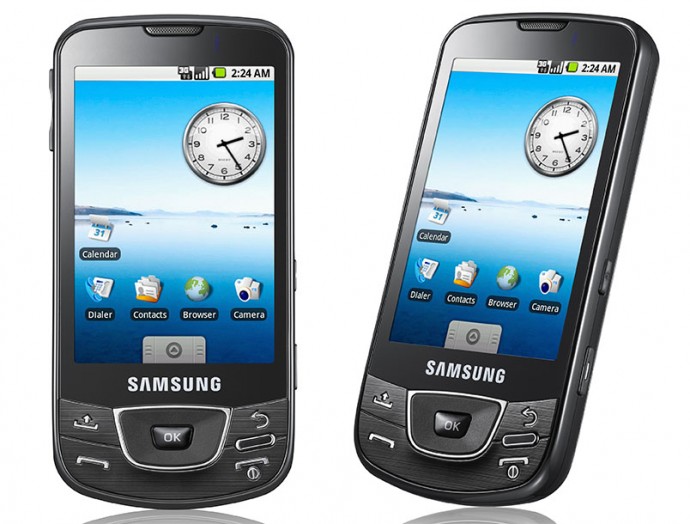
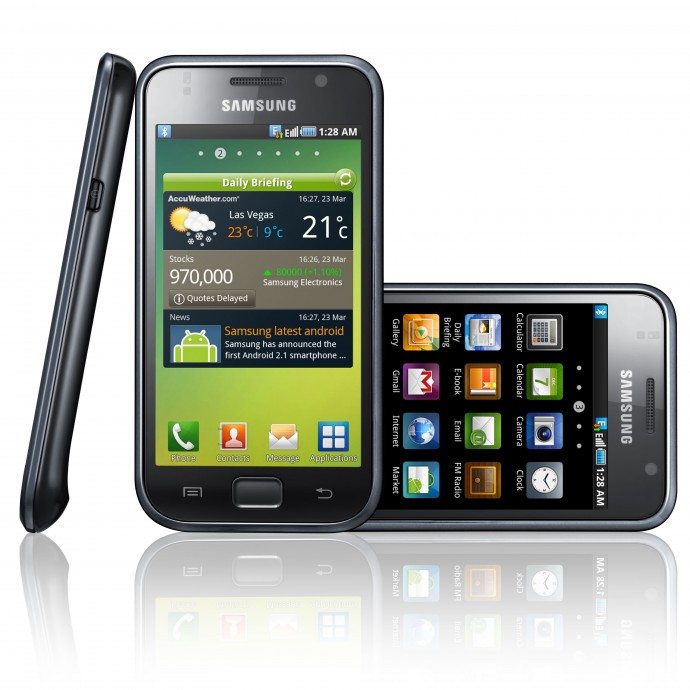
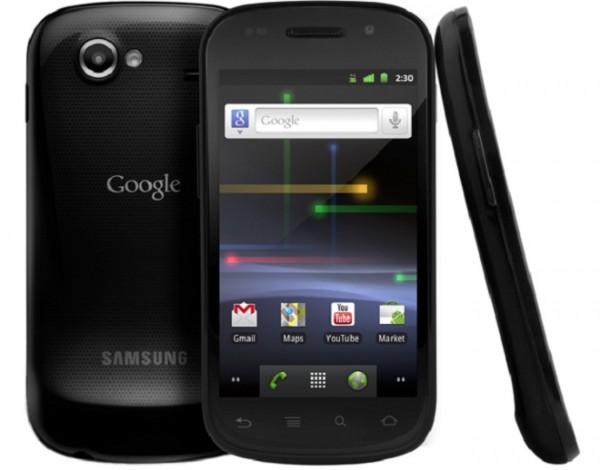
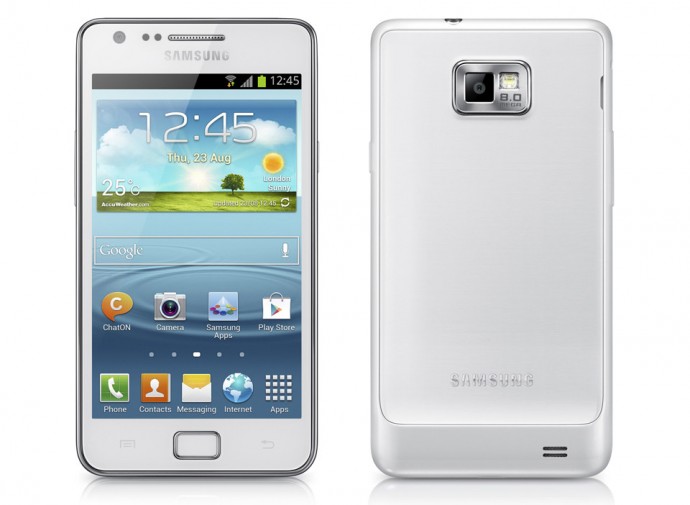
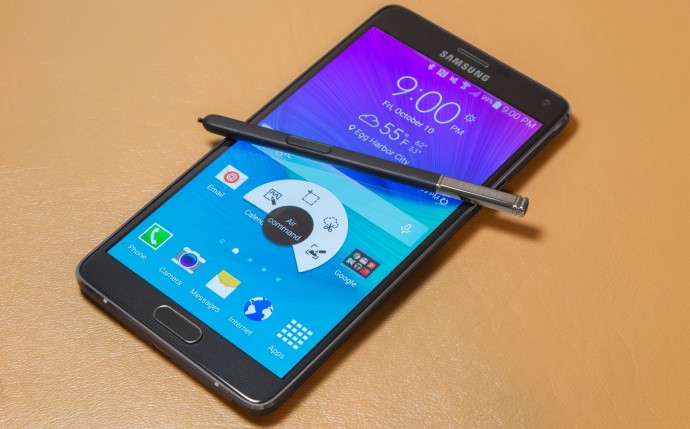
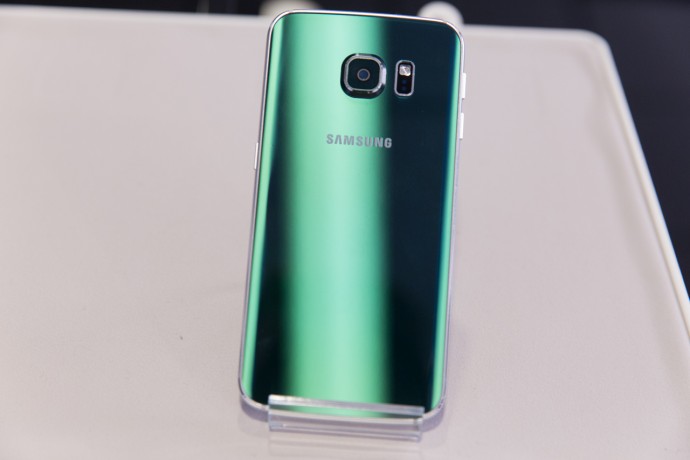
There are no comments
Add yours